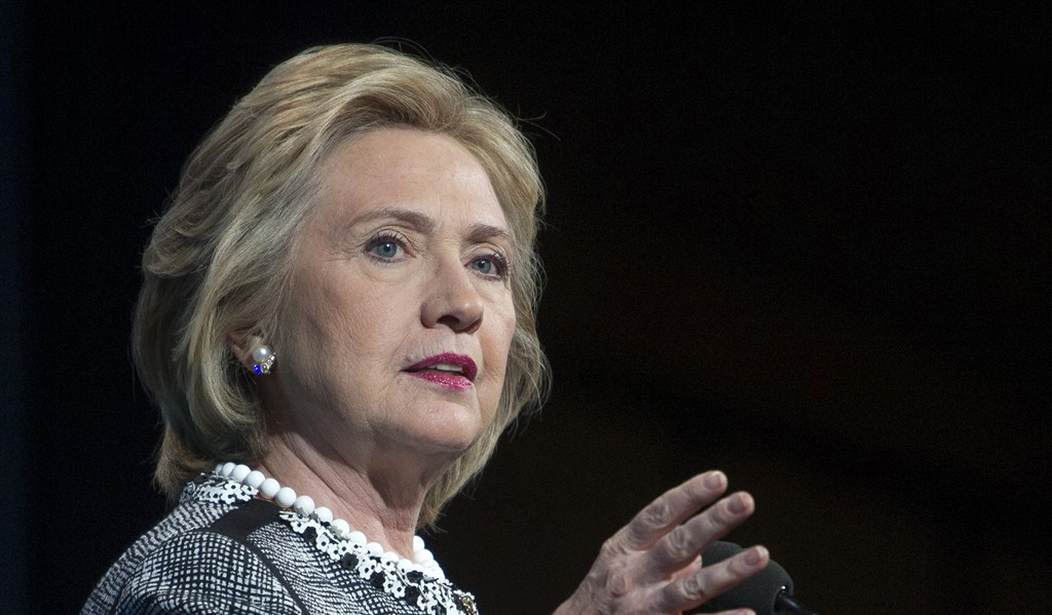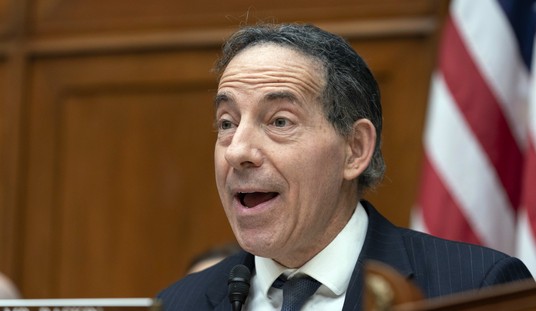Last week I set out a 2016 nightmare scenario for Republicans -- not one that seems likely, but one that can be extrapolated from current polling.
In that spirit, let me set out a 2016 nightmare scenario for Democrats -- again, not likely but a plausible extrapolation.
It assumes, first of all, that Hillary Clinton is not the Democratic nominee, or that her poll numbers have gone sharply down (they've declined somewhat over the last year, and could conceivably fall more).
And it assumes that voters' attitude toward the Obama administration remains roughly where it is today, with 44 percent job approval for the president.
At which point the Democratic Party has a serious problem. Like the Republican Party after it got crushed in 2006 and 2008, the Democratic Party, after its pounding in 2010 and only partial rebound in 2012, has very few plausible presidential candidates apart from Clinton.
Polling matching other Democrats against possible Republican nominees is fragmentary and infrequent. But it shows that Joe Biden, presumably well-known as incumbent vice president, runs well under Obama's job approval and Clinton's higher numbers.
In polls over the last six months, Biden averages 32 percent against Chris Christie and gets 31 percent against Jeb Bush and Marco Rubio and 29 percent against Paul Ryan.
I haven't seen polls showing other Democrats (except Clinton) running better. Possible candidates -- Maryland Gov. Martin O'Malley, New York Gov. Andrew Cuomo, former Montana Gov. Brian Schweitzer -- are little known nationally. The first two have fashioned records suitable to heavily Democratic states while Schweitzer's home state has just three electoral votes.
In election years when a president is retiring, the vote for his party's nominee almost always tends to reflect the incumbent's job approval. You have to go back to 1896, when Grover Cleveland repudiated Democratic nominee William Jennings Bryan, to find an exception.
Recommended
Over that period, only three incumbents saw their party's nominee win the popular vote by a significant margin -- Theodore Roosevelt, Calvin Coolidge and Ronald Reagan.
The numbers for Democrats now don't look good. Pew Research Center reports that 65 percent would like to see the next president offer different policies and programs from the Obama administration's, while only 30 percent want Obama's successor to offer similar policies.
That's only slightly better than voters' reaction to George W. Bush's policies at this stage in the 2008 cycle.
Pew's numbers look eerily similar to the results of the 1920 election, the biggest repudiation of a president's party ever. Woodrow Wilson was president then, and his party's nominee, James M. Cox, won only 34 percent of the vote. Republican Warren G. Harding won 60 percent and carried every non-Southern state.
Wilson and Obama have some things in common. Both were happy to live in university communities. Both had minimal experience in high political office. Both got heavily Democratic Congresses to pass major legislation in their first terms. Both were cheered by crowds of thousands in Europe.
Wilson led the nation to victory in World War I, but his last two years were disastrous. He suffered a disabling stroke. His Versailles Treaty was rejected by the Senate. The nation was hit by inflation and recession, waves of strikes, race riots and terrorist bombings.
The Democrats' collapse in 1920 was the voters' response. It wasn't because of a weak ticket. Cox was a three-term Ohio governor who created the Cox Communications empire; today his 94-year-old daughter is worth $12 billion. His running mate was Franklin D. Roosevelt.
The 2016 Democratic ticket, though perhaps weaker, likely won't fare as badly. Americans these days mostly vote straight tickets. Even in 2008, 46 percent voted for John McCain.
And certainly everyone hopes the nation doesn't suffer disasters like those of 1919 and 1920. But that election is a reminder that the bottom can fall out for a party.
Democratic nominees have received at least 48 percent of the vote in the last five presidential elections, going back 20 years. Obama has left them stronger than ever in central cities and university towns.
But the party has receded elsewhere. Bill Clinton in 1996 had better percentage margins than Barack Obama in 2012 in 36 states. A ticket weaker than Obama in central cities and weaker than Clinton elsewhere might fall well below 48 percent.
I don't think a Democratic nightmare scenario is likely. But some numbers point in that direction.

























Join the conversation as a VIP Member